Lab grown diamonds are identical to their natural counterparts and can be a more affordable option. We are committed to going beyond industry standards to offer lab grown diamonds that are ethical and sustainable.
Lab diamonds are a responsible choice since they are grown with precise technology that involves no mining.
Lab grown diamonds have the same physical, chemical, and optical properties as mined diamonds.
Lab grown diamonds offer excellent value — so you can maximize your budget.
In 2012, we were one of the first to sell lab diamonds as a mining free alternative to natural diamonds — and we’ve continued to innovate the industry ever since.
We audited 92% of our lab diamond suppliers for safe working conditions and push them to increase their wind and solar energy use.
We feature lab diamonds crafted from renewable energy sources in our Truly Brilliant™ Collection. By 2025, 50% of our lab diamonds will come from certified sustainable sources.
This year, a new era has arrived. We’re introducing the world’s largest collection of planet first lab diamonds.

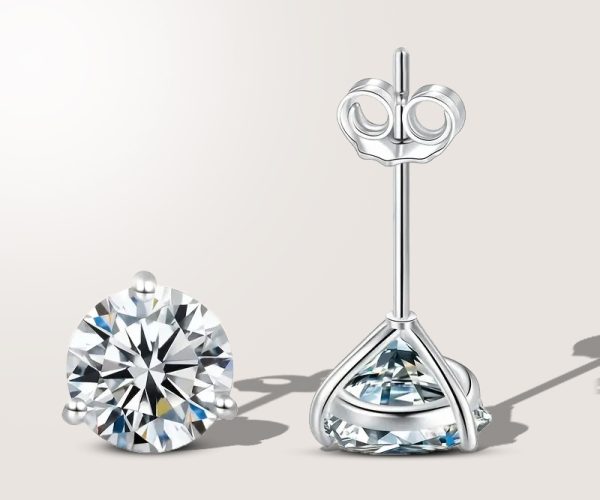
Lab grown diamonds (also known as lab created diamonds, man made diamonds, engineered diamonds, and cultured diamonds) are grown in highly controlled laboratory environments using advanced technological processes that duplicate the conditions under which diamonds naturally develop when they form in the mantle, beneath the Earth’s crust. These lab created diamonds consist of actual carbon atoms arranged in the characteristic diamond crystal structure. Since they are made of the same material as natural diamonds, they exhibit the same optical and chemical properties.
Lab grown diamonds are created from tiny carbon seeds of pre-existing diamonds. Scientists use advanced technology – either extreme pressure and heat or a special deposition process known as chemical vapor deposition (CVD) – to mimic the method of natural diamond formation. Over the course of six to ten weeks, a rough diamond is formed. Then it’s cut, polished, and set in lab diamond jewelry such as a pair of earrings, a necklace, or a bracelet.
There are two primary methods of producing lab diamonds:
1. High Pressure High Temperature (HPHT): This method mimics the conditions under which natural diamonds are formed inside the earth. To produce the lab diamond, a large machine is fed a certain amount of carbon material that it then crushes under pressures of more than 870,000 lbs. per square inch at extreme temperatures ranging from 1300 – 1600 degrees Celsius.
2. Chemical Vapor Deposition (CVD): CVD is when a seed diamond is placed in a small, vacuum chamber filled with heated hydrogen and carbon-containing gasses. At a certain temperature, the gas molecules are broken down and layers of crystallized carbon begin to form around the seed, growing a more substantial diamond. Some lab diamonds created through CVD may also undergo pressure and heat treatment after they are grown.
You can’t tell the difference between natural diamonds, lab diamonds grown via HPHT method, and lab diamonds grown via CVD method with the naked eye, only scientists can distinguish the differences by analyzing identifying markers caused by the growth conditions.
Shop our preset designs crafted with hand-picked lab diamonds that perfectly complement their settings. These top-selling styles are ready to ship your way, stat — so you can propose now.
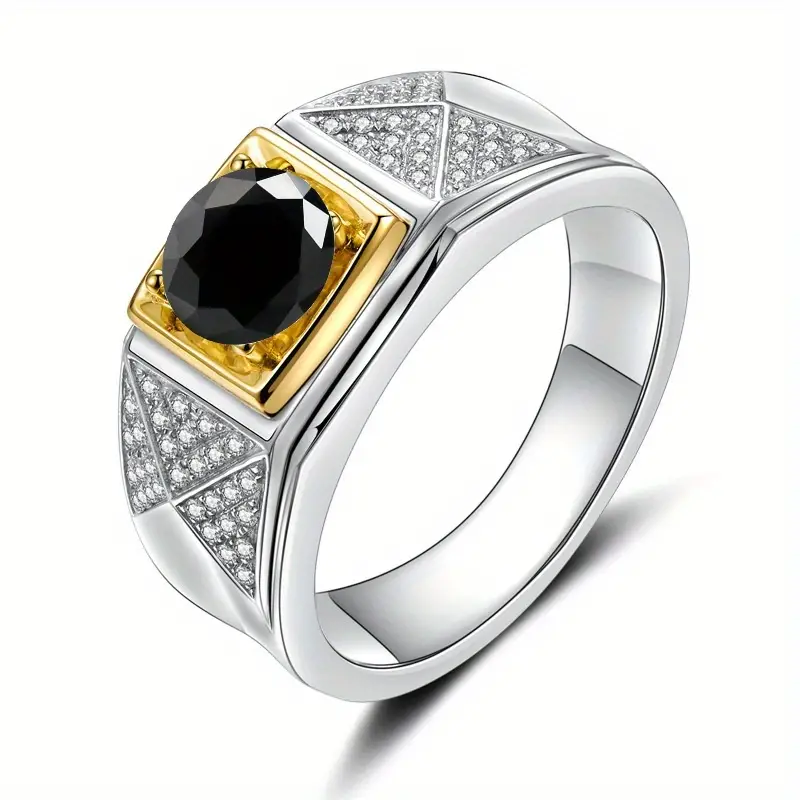

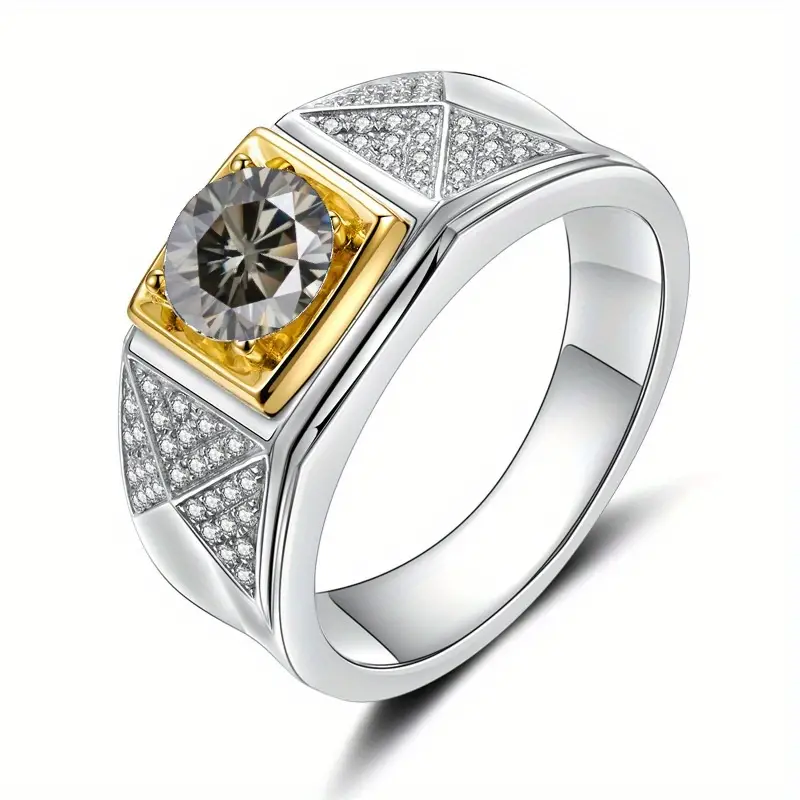
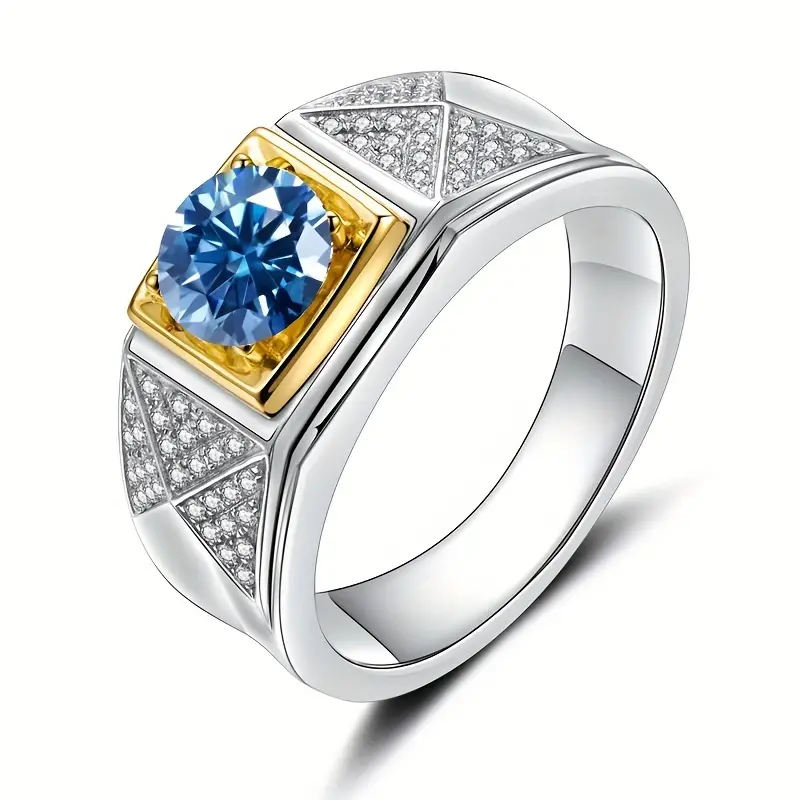



Without specialized equipment, you won’t be able to tell the difference between a lab grown or a natural diamond — they appear the same. The only noticeable difference between them is their origin: one was formed deep within the Earth, the other was grown in a lab.
Our lab grown diamonds display the same physical, chemical, and optical characteristics as natural diamonds, and exhibit the same fire, scintillation, and sparkle. Lab created diamonds may exhibit different trace elements than natural diamonds that do not affect the appearance of the diamond. Lab created diamonds can be distinguished from natural diamonds only with tests using specialized equipment.
It is important to note the major distinction between lab grown diamonds and diamond simulants. Lab diamonds are created from carbon, just like real diamonds. Diamond simulants look similar to diamonds but are not created with true carbon crystals.
Two of the most common diamond simulants are moissanite and cubic zirconia.
Moissanite: While natural moissanite does occur, it is very rare. That is because it is not from Earth – it comes from space in meteorites. Thus, moissanite that you can purchase is also lab created. Though they can look very similar to a diamond, they often feature more of a rainbow glint than the bright sparkle of a traditional diamond.
Cubic Zirconia: Cubic zirconia (CZ) is another example of a synthetic crystal that is sometimes used in the place of diamonds. But while it has a reasonable amount of durability and sparkle, it does not match the brilliance of diamonds and will show some wear and tear over time. It is sometimes used as a placeholder in jewelry until a stronger stone can be added.
So cubic zirconia and moissanite aren’t diamonds of any kind, though they can look very similar.
Simulants do not have the same chemical and physical properties as natural diamonds and therefore sell at much lower prices than lab created diamonds. Simulants can be distinguished from natural or lab created diamonds using only the naked eye.
Natural and lab created diamonds have thermal conductivity properties that differentiate them from cubic zirconia with a handheld diamond tester. Some lab created diamonds, along with some natural colored diamonds, may be mistakenly identified as moissanites when using certain diamond testers due to similarity in their electrical conductivity. However, gemologists can typically distinguish between diamond and moissanite due to their differing refractive properties, with moissanites being double refractive and diamonds being single refractive. Learn more about moissanite vs. diamond.
To enhance our mining free offerings, we offer many of our engagement ring settings with lab grown diamond accents when set with a lab grown center diamond. For most styles, we match the type of accent diamonds with the type of selected center diamond. If you select a lab grown center diamond, then the accent diamonds on your setting may also be lab grown, as indicated in the product details.
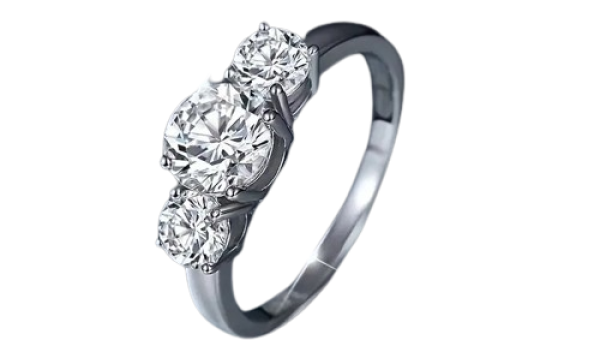
Discover our most popular settings to pair with lab created diamonds.






Lab grown diamonds are an excellent alternative to mined diamonds. Not only are they physically identical, but they’re also sourced responsibly and are more cost-effective. Some of the biggest advantages of a lab created diamond include:
Fewer defects
Greater affordability
Colors that are rarely found in nature can be created, making unique and coveted pieces more obtainable
Trackable origin sources allow us to source diamonds from reputable places that don’t engage in poor treatment of workers or communities
HPHT and CVD lab grown diamond methods make it easier to keep up with demand without sacrificing quality or engaging in harmful processes.
Our lab created diamonds are available in a variety of colorless ranges. We also offer lab diamonds in fancy colors that are considered very rare in nature, including popular hues of vivid yellows, blues, and pinks. Man made fancy colored diamonds are formed when small amounts of specific trace elements are present during the growth phase of the created diamond, just like in nature. Fancy colored lab created diamonds sell at more affordable prices compared to their natural colored diamond counterparts.
Lab grown diamonds are certified the same way natural diamonds are. Gemological graduates at institutions such as the Gemological Institute of America (GIA) and the International Gemological Institute (IGI) determine the 4 C’s (cut, color, clarity, and carat grades) of individual gemstones before providing a physical or digital report.
We were one of the first retailers to offer SCS Sustainability Rated lab diamonds. Diamonds within this collection are independently certified to meet the highest standards of ethical and environmental responsibility. Vendors and manufacturers are audited for safe and healthy working conditions while the diamonds they create are considered carbon neutral: all of the energy and emissions necessary to grow them are offset through renewable energy credits. Those credits are then used to invest in sustainability projects to make an even greater impact.
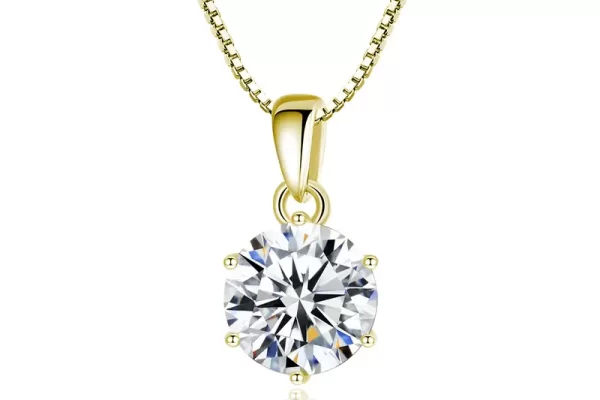
A new era has arrived: it’s time to rethink everything you know about diamonds. Introducing the Capture Collection – a new assortment of captured-carbon lab diamonds created with carbon capture technology.
To create a carbon capture lab diamond, we capture carbon dioxide before it is released into the atmosphere and use it to grow diamond crystals. Then, each diamond is grown, cut, and polished with clean energy in the same region to minimize transportation emissions and pollution.
Explore the world’s largest collection of captured-carbon diamonds now.
We’ve been using renewable energy in cutting and polishing since 2022. Now, we’re using it in the growing process too: each diamond within this collection is grown, cut and polished with 100% renewable energy generated from wind and solar farms. As with all of our suppliers, the manufacturers of these lab grown diamonds are audited to ensure they meet our Supplier Code of Conduct, which includes safe and healthy working conditions for all employees.
